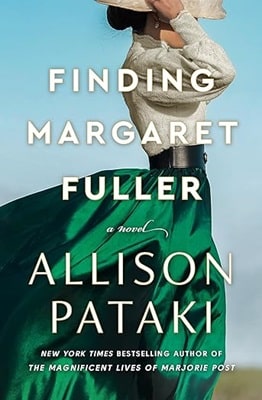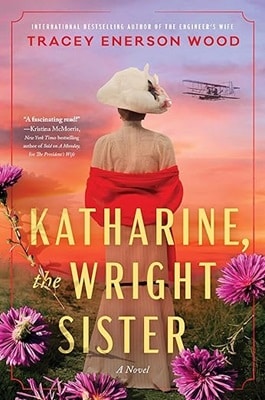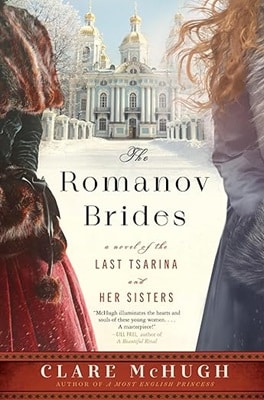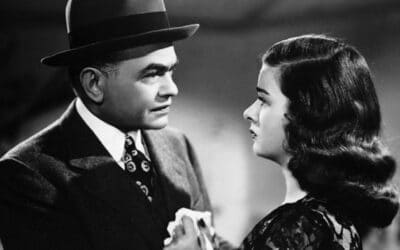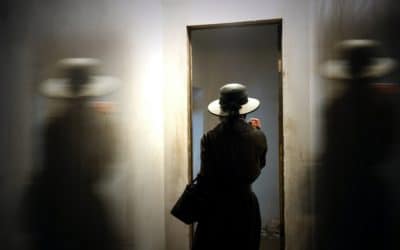Book Review
Finding Margaret Fuller
Finding Margaret Fuller vividly brings to life the extraordinary journey of Margaret Fuller, a pioneering woman who relentlessly championed women’s rights and broader humanitarian causes. Her story, set against the backdrop of her remarkable achievements as a writer, unfolds with engaging first-person narration that captures Fuller’s spirited and trailblazing character.
The narrative begins in 1836 in Concord, Massachusetts, where Fuller receives an invitation from Ralph Waldo Emerson to visit his Bush estate. Emerson, a profound thinker and staunch supporter of writers, shares enriching conversations with Fuller during their afternoon walks, discussing his essays and her insightful responses. Departing from this idyllic setting leaves Fuller reluctant to leave.
In Boston, Fuller takes up a tutoring job to support her mother financially. Despite the loneliness of her single room in the bustling city, her life brightens when Bronson Alcott visits and offers her a position at his prestigious Temple School. However, Fuller grapples with whether teaching is her true calling, as it seems to drain her energy, conflicting with her passion for writing and thinking. Moreover, she faces societal judgment for choosing personal freedom over traditional commitments to marriage, a household, and children.
Determined to follow her own path, Fuller creates a women-only literary salon and becomes an editor at The Dial magazine, followed by the New York Tribune. Her studies at the Harvard library mark her as the first woman to breach its walls, challenging societal norms with her written words. Fuller’s fight for women’s rights, the emancipation of slaves, and the fair treatment of laborers exemplifies her defiance of the conventions of her time.
Fuller’s adventures continue as she becomes the first female foreign news correspondent. Her travels take her to France, where she mingles with luminaries like Frederic Chopin and George Sand, and to Rome, where she falls in love with a count.
The narrative’s first-person perspective lends authenticity and depth to Fuller’s voice, making her story not only believable but also deeply inspiring. Her commitment to following her heart and advocating for what she believes is right for humanity shines through. Against all societal constraints, she redefines the roles traditionally assigned to women, emerging as an enthralling figure surrounded by distinguished contemporaries.
The book’s prose is eloquently smooth, with seamlessly integrated dialogue that propels the story forward. This masterful storytelling makes Finding Margaret Fuller a captivating and enriching read, paying homage to a woman whose life and work left an indelible mark on history.
More Historical Suspense
advertisement
Historical Suspense Features
Mysteries Set in the 1940s
This tumultuous decade served as a fertile ground for mysteries
Historical Psychological Thrillers
How historical psychological thrillers stack up against psychological thrillers
Is it Historical Fiction?
How long ago does history start?

